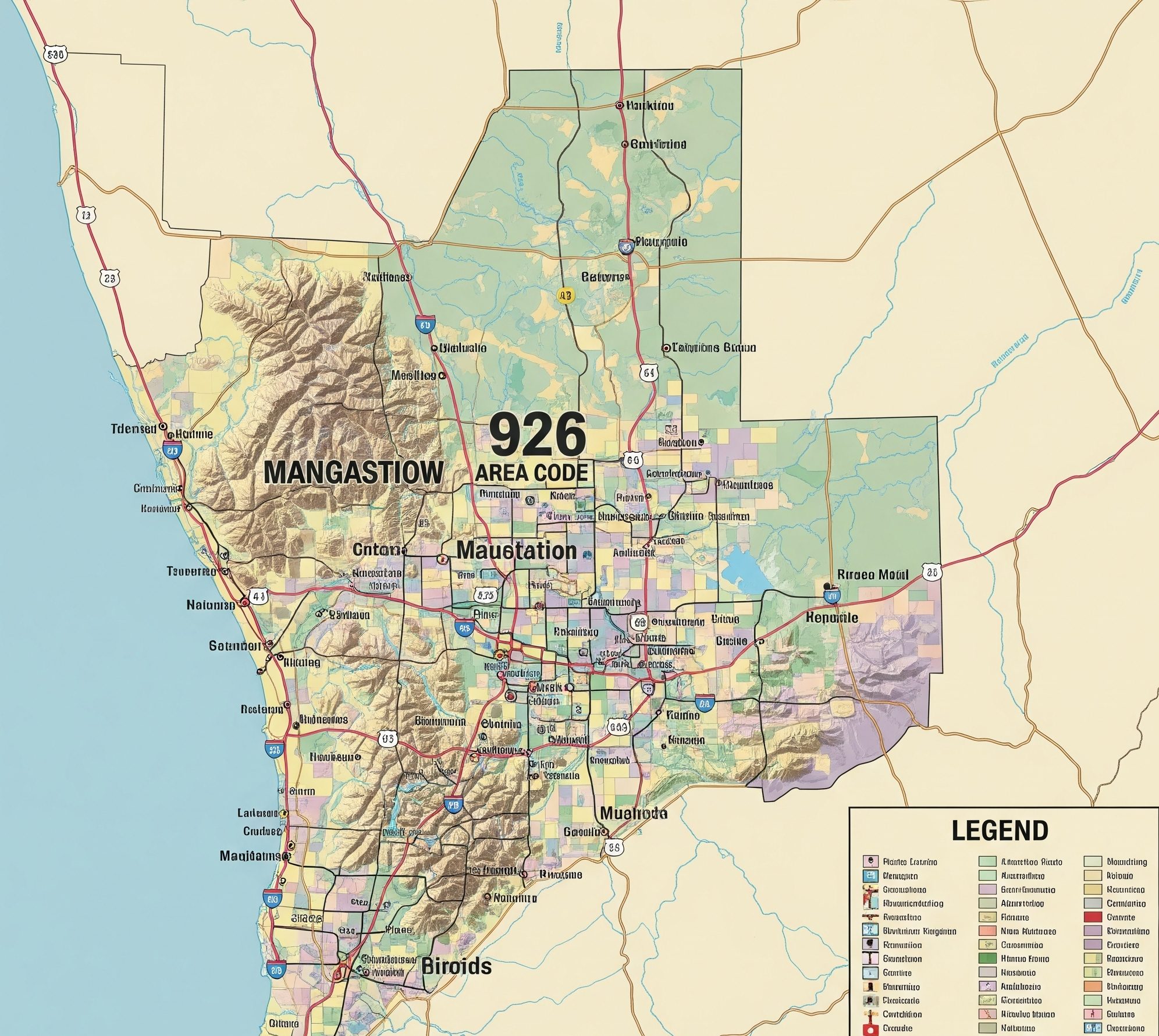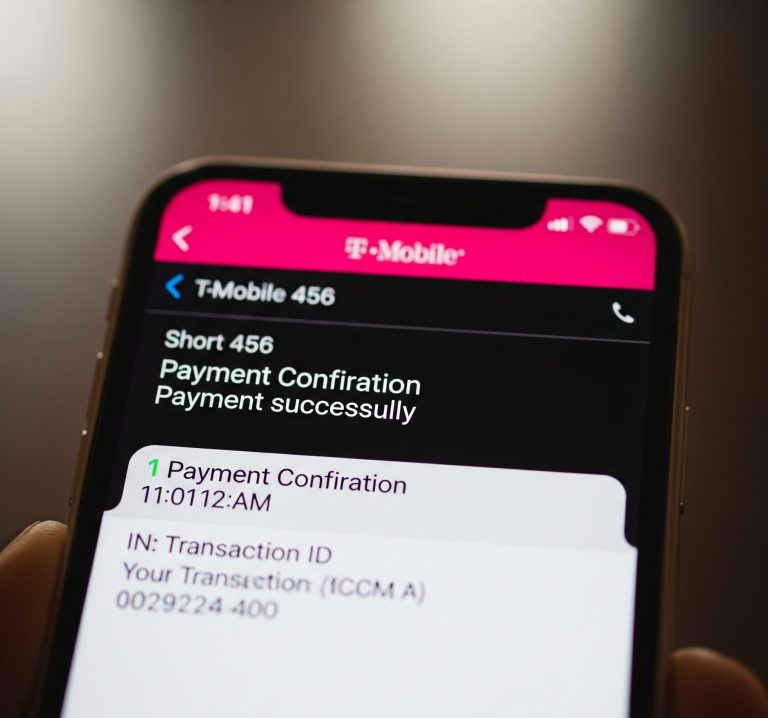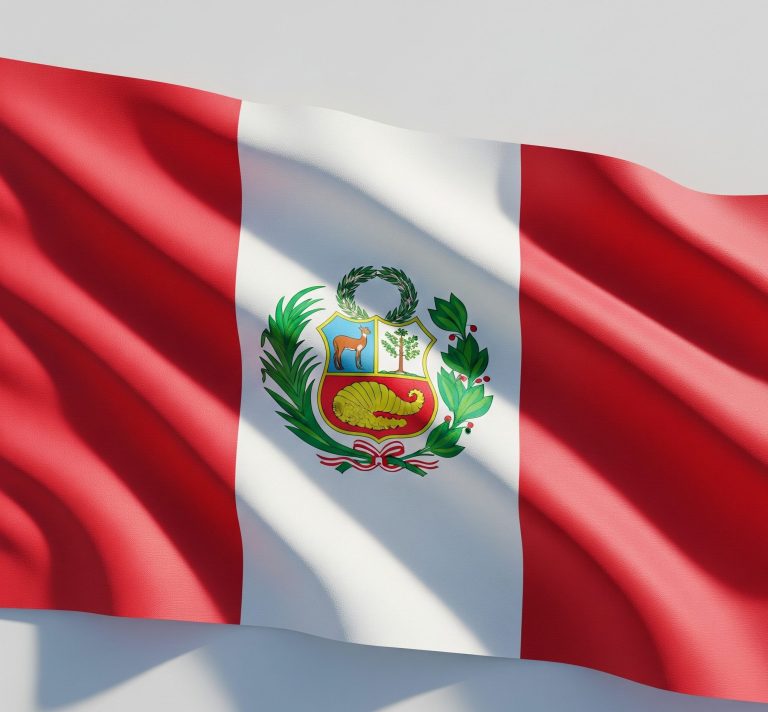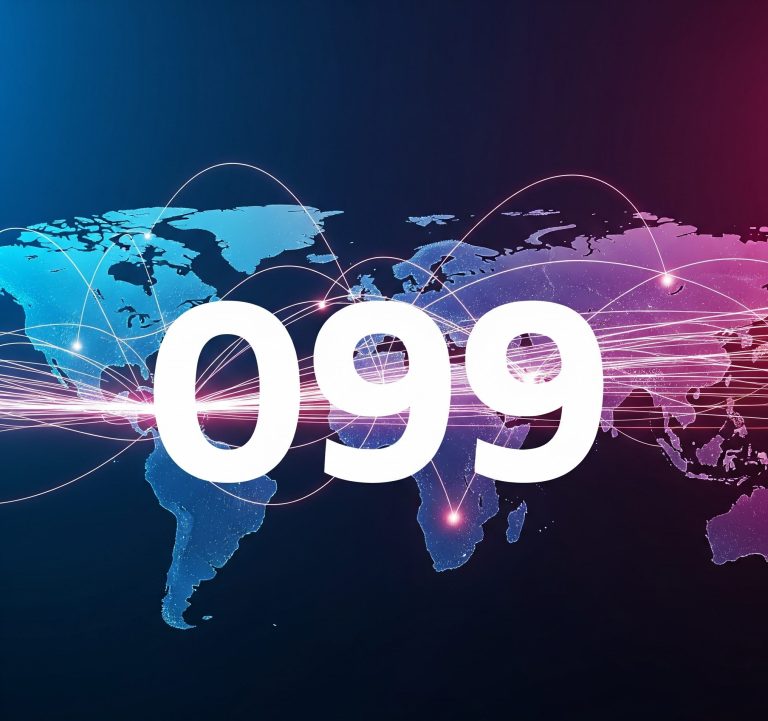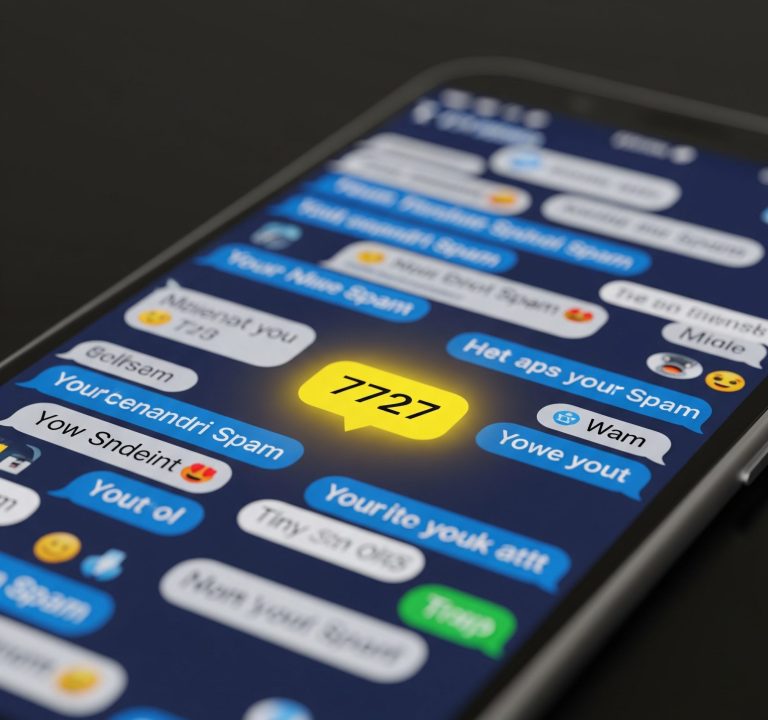In an era of burgeoning telephone numbers and the constant addition of new area codes to accommodate our ever-connected lives, it’s easy to get confused. You might have heard a rumor, seen a questionable online listing, or simply be curious: what’s the story behind the 926 area code? This article will delve into the status of the 926 area code and provide clear, accurate information for our American audience.
If you’ve been searching for the location, implementation date, or dialing procedures for the 926 area code, you can end your search here. As of late 2024, the 926 area code is not an active or officially planned area code within the United States telephone system.
Contents
Understanding the North American Numbering Plan
To grasp why the 926 area code isn’t in use, it’s helpful to understand the system that governs telephone numbers in the United States. The North American Numbering Plan Administrator (NANPA) is responsible for assigning and managing area codes across the country. This meticulous process ensures that the telephone network functions smoothly and that there’s a sufficient supply of numbers for a growing population.
New area codes are introduced in one of two ways:
- A Geographic Split: This is the traditional method where an existing area code’s geographic territory is divided into two or more smaller regions, with one of the regions being assigned a new area code.
- An Overlay Plan: This has become the more common approach. Instead of splitting a region, a new area code is superimposed over the same geographical area as an existing one. This means two different area codes can serve the same city or region. With an overlay, all local calls require 10-digit dialing (the three-digit area code plus the seven-digit phone number).
The introduction of a new area code is a significant event, typically preceded by extensive public awareness campaigns from telecommunications providers and regulatory bodies. These campaigns are designed to prepare residents and businesses for the change, outlining new dialing procedures and the timeline for implementation. For the 926 area code, no such official announcements have been made.
Debunking Misinformation: Why the Confusion?
So, why might you have come across references to a 926 area code? There are several potential sources of this confusion:
- ZIP Code Association: In some databases and online directories, the digits “926” appear as the first three numbers of ZIP codes in parts of Orange County, California. It’s an easy mistake to confuse a ZIP code with an area code, but they serve entirely different functions in our addressing and communication systems.
- International Numbers: The global telephone network is vast and complex. It’s possible that “926” is or has been part of a country code or a regional code in another part of the world. A casual search might unearth these international references, leading to the incorrect assumption that it’s a U.S. area code.
- Typographical Errors: In the vast expanse of the internet, typos are common. A simple mistake in an article, a directory, or a personal listing could be the source of the misinformation. For example, a reference to the nearby and very real 949 or 925 area codes in California could be mistyped as 926.
- Unassigned Code Speculation: Lists of unassigned area codes are publicly available. It’s possible that individuals or websites have speculated about future uses of these codes, leading to the spread of unofficial information. However, until an official announcement is made by NANPA, any such information should be treated as speculative.
It is crucial to rely on official sources like the Federal Communications Commission (FCC) and NANPA for accurate information about area codes.
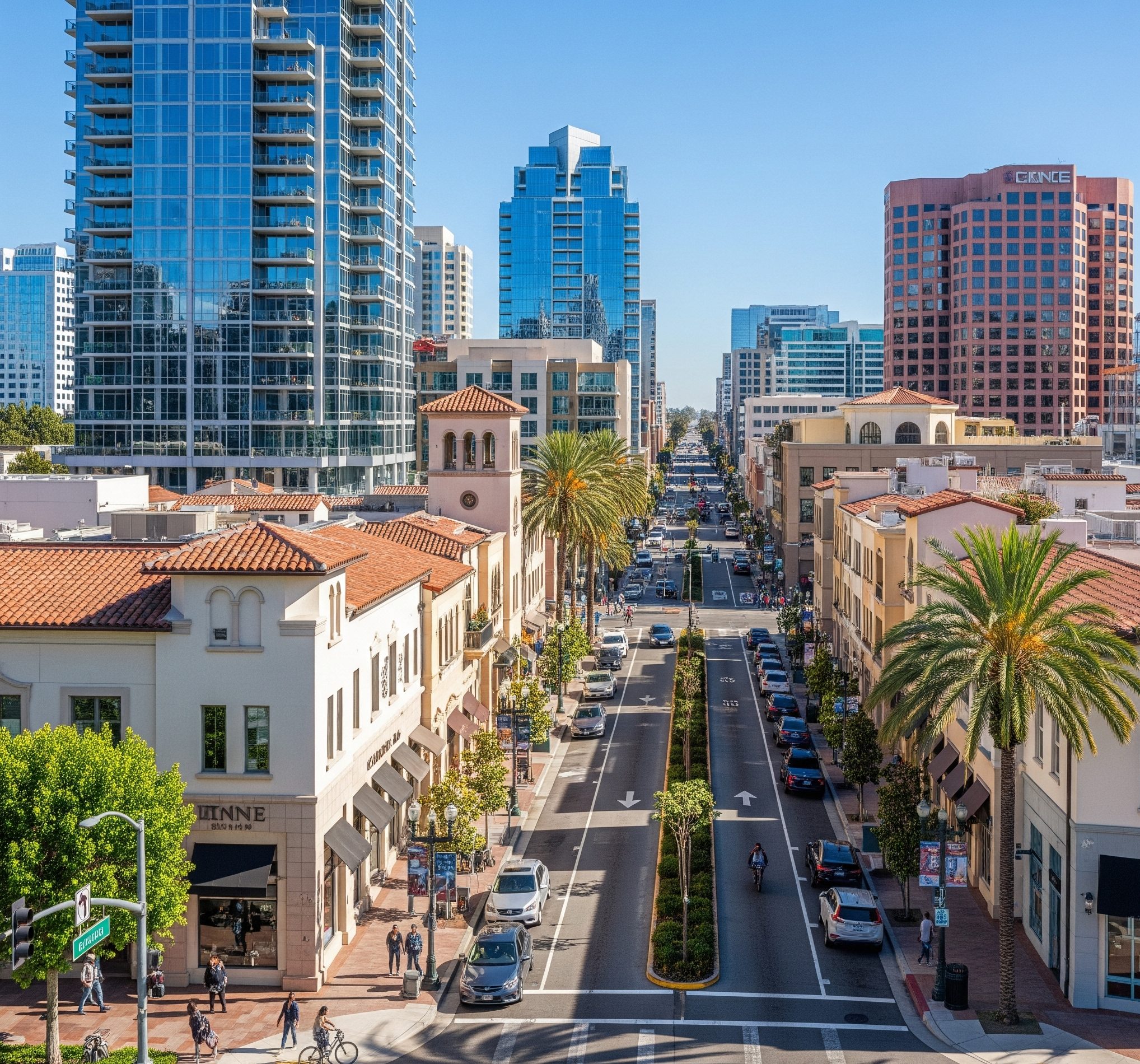
The Reality of New Area Codes in the U.S.
While the 926 area code remains on the shelf for now, the demand for new telephone numbers is a real and ongoing issue. In recent years, numerous new area codes have been introduced across the United States to address this “number exhaust.” For example, areas in Minnesota, Alabama, and California have recently seen the implementation of new area codes to accommodate the growing need for phone lines for cell phones, businesses, and VoIP services.
These introductions always follow a structured plan, including a “permissive dialing period” where both 7-digit and 10-digit dialing are allowed, followed by a “mandatory dialing period” where 10-digit dialing becomes a necessity for all local calls. This phased approach helps to ensure a smooth transition for the public.
What to Do If You See a “926” Number
If you encounter a phone number with what appears to be a 926 area code, it’s wise to be cautious. Given that it’s not a valid U.S. area code, such a number could be used in a “spoofing” attempt by telemarketers or scammers. Spoofing is a technique where the caller deliberately falsifies the information transmitted to your caller ID display to disguise their identity. They often use invalid or unassigned area codes to make it more difficult to trace the call’s origin.
It’s always a good practice to be wary of calls from unfamiliar or unrecognized numbers. If you’re not expecting a call, it’s often best to let it go to voicemail.
conclusion
the mystery of the 926 area code has a simple solution: it is not currently in use in the United States. While the landscape of American area codes is constantly evolving, the 926 area code has not been officially designated for any region. As consumers of information, it’s essential to turn to reliable sources to stay informed and avoid the spread of misinformation in our digitally connected world. For now, the story of the 926 area code is one of absence, a placeholder in the vast system of numbers that connect us all.

